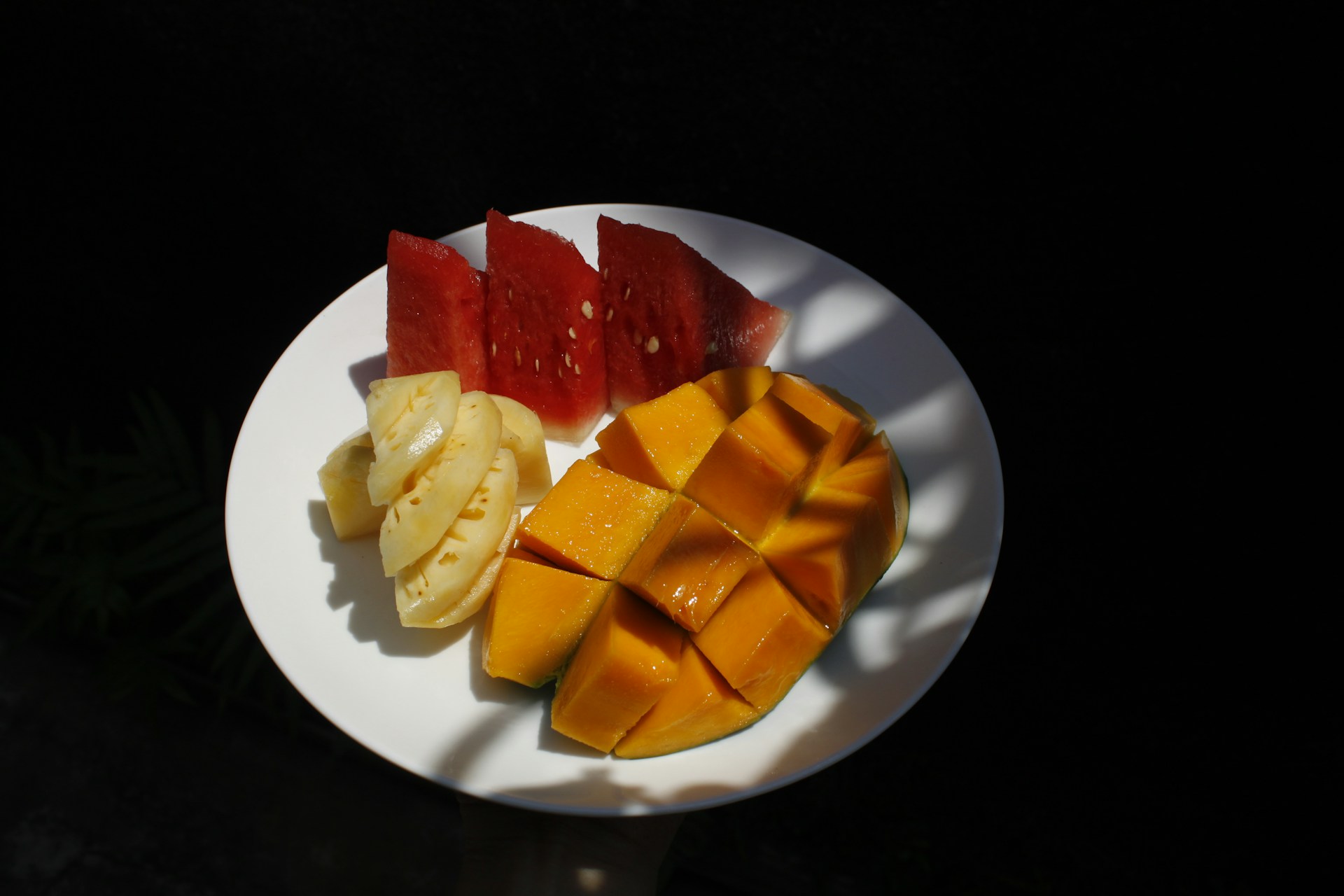Diet Management with Dysphagia Condition in Stroke Patients: A Literature Review
Pengelolaan Diet dengan Kondisi Disfagia pada Pasien Stroke: Literature Review

Downloads
Background: Dysphagia is a condition often encountered in stroke patients and is a significant treatment challenge because it can increase the risk of malnutrition which can cause complications and increase the length of hospital stay.
Objectives: This article aimed to determine diet management with dysphagia conditions in stroke patients through a review of the results of previous studies.
Discussion: Diet management in stroke patients with dysphagia in the reviewed articles are nutrition screening, nutritional assessment, high-energy, high-protein feeding, energy restriction for weight loss, and provision of protein to maintain muscle mass. The dietary prescriptions were energy and protein adjustments, protein adjustments, fluid adjustments, nutritional supplements, food form adjustments, and feeding routes. The food preparation program uses a Dietary Well-being questionnaire assessment. This questionnaire consists of 21 questions which are divided into 4 categories, namely physical (5 questions), psychological (6 questions), emotional (5 questions), and social (5 questions). Modified Starch (MS) and Xanthan Gum (XG) thickeners use Volume-Viscosity Swallow Tests and Videofluoroscopic assessments to evaluate swallowing safety in stroke patients.
Conclusions: Diet management in stroke patients can improve nutritional status, physical function, and dysphagia conditions and reduce the length of hospital stay. The food preparation program showed significant results on the Dietary Well-being questionnaire in the control group, especially in the psychological, emotional, and social categories. MS and XG thickeners improved swallowing safety in stroke patients.
Suharyati, S. et al. Penuntun Diet dan Terapi Gizi. (Penerbit Buku Kedokteran EGC, 2020).
Suwaryo, P. A. W., Widodo, W. T. & Setianingsih, E. Faktor Risiko yang Mempengaruhi Kejadian Stroke. J. Keperawatan 11, 251–260 (2019).
World Stroke Organization. Purpose : Data Sources:
https://www.world-stroke.org/assets/downloads/WSO_Global_Stroke_Fact_Sheet.pdf 3 (2019).
Zhang, F. L. et al. Prevalence of Stroke and Associated Risk Factors: A Population Based Cross Sectional Study from Northeast China. BMJ Open 7, 1–11 (2017).
Badan Penelitian dan Pengembangan Kesehatan. Laporan Nasional: Riskesdas 2018. (LPB, 2019).
Diendéré, J., Millogo, A., Preux, P. M., Jésus, P. & Desport, J. C. Changes in Nutritional State and Dysphagia in Stroke Patients Monitored During a 14-d Period in a Burkina Faso Hospital Setting. Nutrition 48, 55–60 (2018).
R., M., RE, M. & S., B. Dysphagia After Stroke and Its Management. Cmaj 184, 1127–1128 (2012).
Tamrin, A. et al. Studi Kasus Asuhan Gizi Pada Pasien Stroke. 27, 1–7 (2020).
Lieber, A. C. et al. Nutrition, Energy Expenditure, Dysphagia, and Self-Efficacy in Stroke Rehabilitation: A Review of The Literature. Brain Sci. 8, (2018).
Habibi-Koolaee, M., Shahmoradi, L., Kalhori, S. R. N., Ghannadan, H. & Younesi, E. Prevalence of Stroke Risk Factors and Their Distribution Based on Stroke Subtypes in Gorgan: A Retrospective Hospital-Based Study - 2015-2016. Hindawi Neurol. Res. Int. 2018, (2018).
a11. Setyopranoto, I. et al. Prevalence of Stroke and Associated Risk Factors in Sleman District of Yogyakarta Special Region, Indonesia. HindawiStroke Res. Treat. 2019, (2019).
Patel, D. A. et al. Economic and Survival Burden of Dysphagia Among Inpatients in The United States. Dis. Esophagus 31, 1–7 (2018).
Sabbouh, T. & Torbey, M. T. Malnutrition in Stroke Patients: Risk Factors, Assessment, and Management. Neurocrit. Care 29, 374–384 (2018).
Shimazu, S. et al. Frequent and Personalized Nutritional Support Leads to Improved Nutritional Status, Activities of Daily Living, and Dysphagia After Stroke. Nutrition 83, 111091 (2020).
Kang, J. H. et al. The Effect of Bedside Exercise Program on Stroke Patients with Dysphagia. Ann. Rehabil. Med. 36, 512–520 (2012).
Sura, L., Madhavan, A., Carnaby, G. & Crary, M. A. Dysphagia in the Elderly: Management and Nutritional Considerations. Clin. Interv. Aging 7, 287–298 (2012).
Sungsinchai, S., Niamnuy, C., Wattanapan, P., Charoenchaitrakool, M. & Devahastin, S. Texture Modification Technologies and Their Opportunities for the Production of Dysphagia Foods: A Review. Compr. Rev. Food Sci. Food Saf. 18, 1898–1912 (2019).
McCurtin, A. et al. Plugging the Patient Evidence Gap: What Patients with Swallowing Disorders Post-Stroke Say About Thickened Liquids. Int. J. Lang. Commun. Disord. 53, 30–39 (2018).
Cichero, J. A. Thickening Agents Used for Dysphagia Management: Effect on Bioavailability of Water, Medication and Feelings of Satiety. Nutr. J. 12, 1 (2013).
Penney, B. Use of Fluid Thickener to Reduce Dysphagia Risk. Nurs. Times 110, 16–18 (2014).
Steele, S. J., Ennis, S. L. & Dobler, C. C. Treatment Burden Associated with the Intake of Thickened Fluids. Breathe 17, 1–6 (2021).
Lin, S. C., Lin, K. H., Tsai, Y. C. & Chiu, E. C. Effects of a Food Preparation Program on Dietary Well-Being for Stroke Patients with Dysphagia: A Pilot Study. Medicine (Baltimore). 100, e26479 (2021).
Kim, J. Il, Lee, S. & Kim, J. H. Effects of a Web-Based Stroke Education Program on Recurrence Prevention Behaviors Among Stroke Patients: A Pilot Study. Health Educ. Res. 28, 488–501 (2013).
Cohen, D. L. et al. Post-Stroke Dysphagia: A Review and Design Considerations for Future Trials. Int. J. Stroke 11, 399–411 (2016).
Larsson, S. C., Wallin, A. & Wolk, A. Dietary Approaches to Stop Hypertension Diet and Incidence of Stroke: Results From 2 Prospective Cohorts. Stroke 47, 986–990 (2016).
Pritlove, C. et al. Cooking for Vitality: Pilot Study of an Innovative Culinary Nutrition Intervention for Cancer-Related Fatigue in Cancer Survivors. Nutrients 12, 1–21 (2020).
Vilardell, N., Rofes, L., Arreola, V., Speyer, R. & Clavé, P. A Comparative Study Between Modified Starch and Xanthan Gum Thickeners in Post-Stroke Oropharyngeal Dysphagia. Dysphagia, 31 (2015).
Lopes, B. de M. et al. Xanthan Gum: Properties, Production Conditions, Quality and Economic Perspective. J. Food Nutr. Res. 54, 185–194 (2015).
Copyright (c) 2023 Amerta Nutrition

This work is licensed under a Creative Commons Attribution-ShareAlike 4.0 International License.
AMERTA NUTR by Unair is licensed under a Creative Commons Attribution-ShareAlike 4.0 International License.
1. The journal allows the author to hold the copyright of the article without restrictions.
2. The journal allows the author(s) to retain publishing rights without restrictions
3. The legal formal aspect of journal publication accessibility refers to Creative Commons Attribution Share-Alike (CC BY-SA).
4. The Creative Commons Attribution Share-Alike (CC BY-SA) license allows re-distribution and re-use of a licensed work on the conditions that the creator is appropriately credited and that any derivative work is made available under "the same, similar or a compatible license”. Other than the conditions mentioned above, the editorial board is not responsible for copyright violation.












































